Northern Lights forecast & tracker for Reykjavik
How to read the forecast
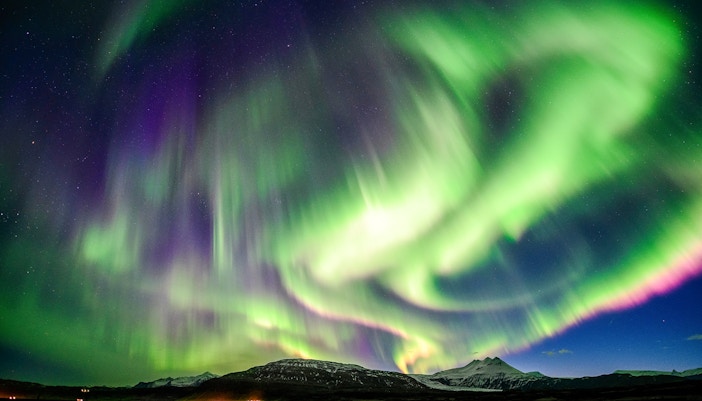
KP Index (Aurora strength)
Measures solar activity on a scale from 0 to 9. A KP of 3 or higher is typically good for Reykjavik.
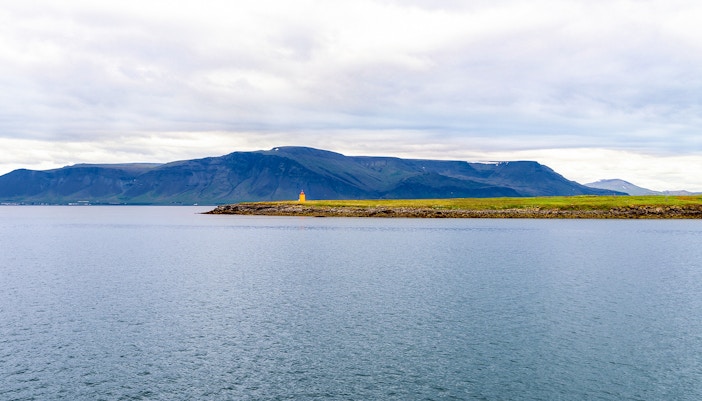
Cloud cover
Even with strong aurora activity, heavy clouds can block the view.
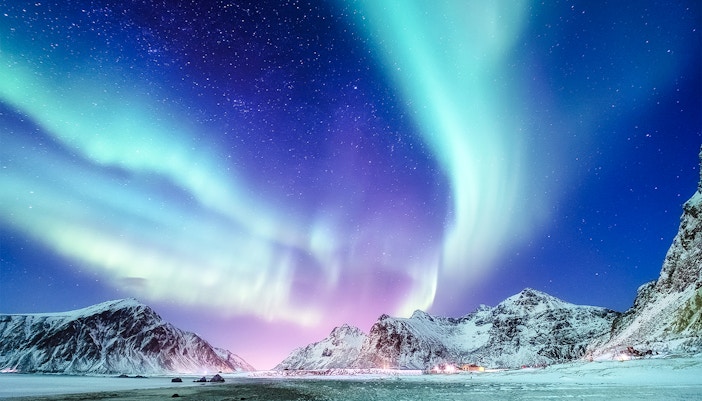
Darkness
The Northern Lights are best seen away from city lights, between late evening and early morning.
Where to check the Northern Lights Reykjavik forecast?

Aurora Borealis forecast websites
- Space Weather Prediction Center (SWPC): Operated by the National Oceanic and Atmospheric Administration (NOAA), this site offers a 27-day Aurora forecast for Reykjavik and other northern hemisphere locations. Updated daily, it’s based on solar activity such as solar wind and sunspots.
- Aurora Service Europe: Provides real-time aurora forecasts and geomagnetic activity maps for Europe, including Iceland. Includes helpful Kp index predictions to estimate visibility chances.

Mobile apps
- My Aurora Forecast: A simple yet effective app that uses your location to provide aurora forecasts. Great for beginners looking for quick updates on aurora visibility in Reykjavik.
- Hello Aurora: Popular in Iceland, this app not only gives accurate Reykjavik forecasts but also lets users share real-time aurora sightings. You’ll get push notifications when auroras are visible nearby.
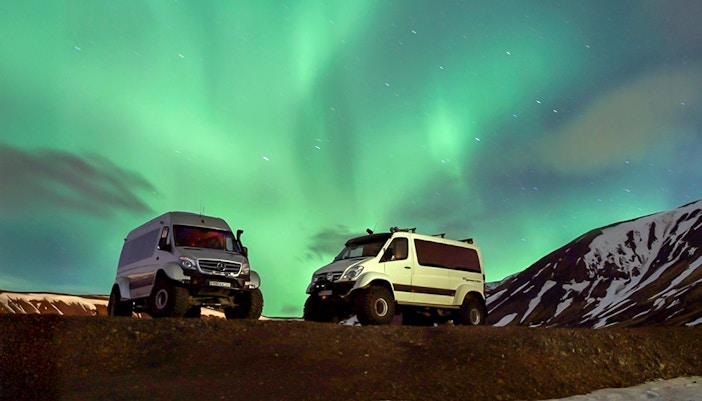
Local weather services
- Vedur.is: The Icelandic Meteorological Office provides one of the most reliable aurora forecasts for Reykjavik. It shows both aurora activity and cloud cover, making it one of the most trusted resources for Northern Lights planning in Iceland.
- YR.no: A reliable Nordic weather forecasting site offering detailed cloud cover predictions for Reykjavik and other parts of Iceland, crucial for knowing whether skies will be clear enough for aurora viewing.
Quick forecast links
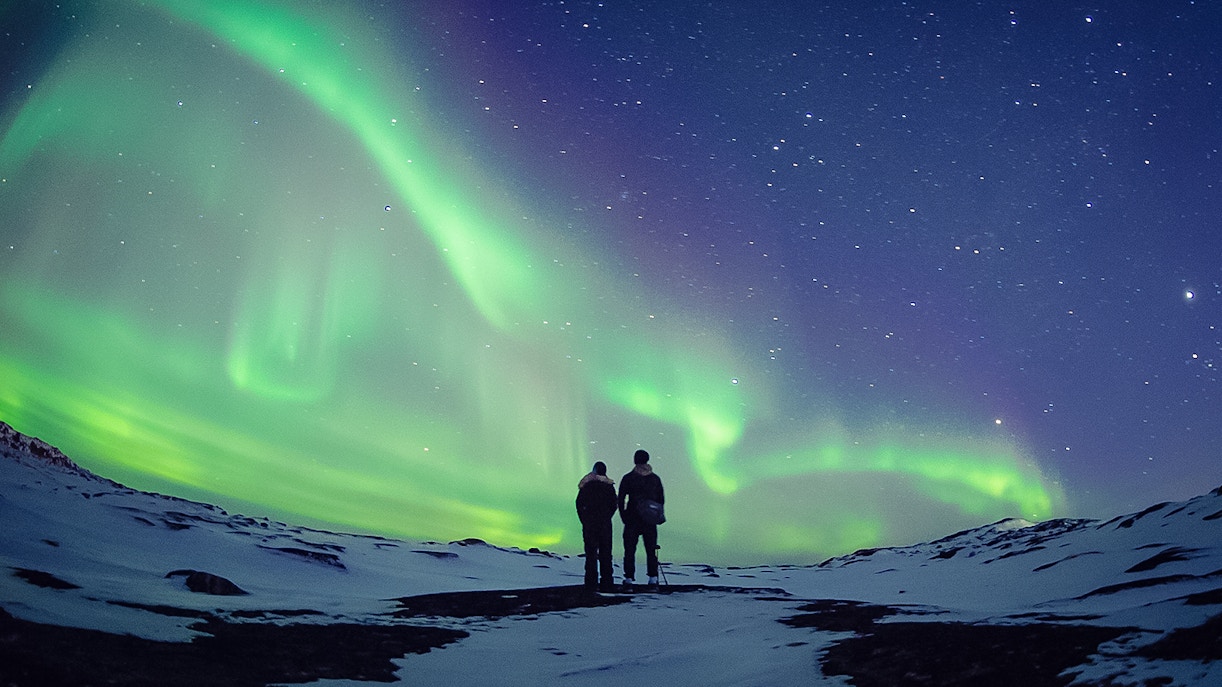
- Icelandic Met Office Aurora Forecast: The official forecast with KP index, cloud cover maps, and moon phase.
- Aurora Service Europe: Updated solar activity forecasts for Europe, including Iceland.
- Space Weather Live: Tracks solar wind, geomagnetic storms, and live aurora alerts.
Book Northern Lights tours in Reykjavik
Frequently asked questions about Northern Lights Reykjavik forecast
Forecasts are generally reliable 2–3 days in advance, but Iceland’s weather can change quickly. It’s best to keep checking updates, especially cloud cover, on the Northern Lights tracker, Reykjavik, right up until you head out.
The IMF is a stream of charged particles from the Sun. The “Bz” component shows how well these particles align with Earth’s magnetic field; a southward Bz boosts your chances of seeing the aurora, even when the KP index is moderate.
While Reykjavik’s city lights can dim the display, sightings are still possible on clear nights with strong solar activity. For the best experience, step outside the city or to darker spots like Grótta Lighthouse.
The prime season is late September to mid-April, when nights are long and dark. December through February offer the longest nights, but any clear, dark evening in this period can be good.
Peak viewing hours are generally between 10pm and 2am, though the aurora can appear any time it’s dark. Many Icelanders recommend staying out at least until midnight.
No, they’re visible to the naked eye. However, a tripod and a camera with manual settings will help you capture them more vividly. A flashlight or headlamp (with a red-light mode) is also useful when moving in dark areas.
Yes. A bright full moon can wash out fainter displays, so check the moon phase alongside your aurora forecast. Strong auroras can still be visible even with moonlight.
